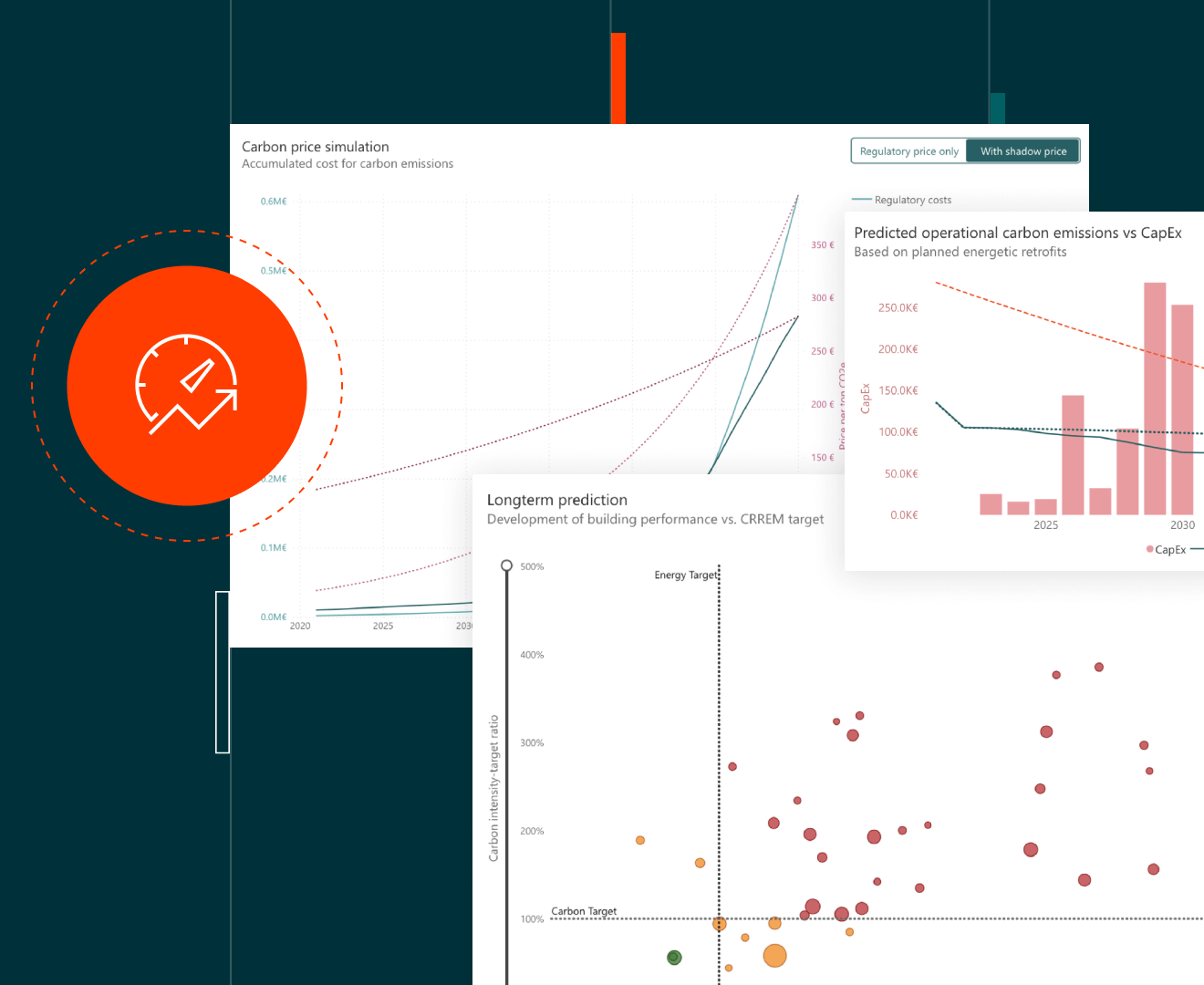Built Environment Segment Needs to Get Granular About Sustainability

By Peter Panayi, Head of Go-To-Market, BuildingMinds
Decarbonising real estate presents an array of opportunities with the easiest wins often found in the low-hanging fruit. But while the aggregated performance data of asset portfolios is a critical resource for investors looking to meet ESG goals, it is not remotely sufficient for meaningful portfolio decarbonisation.
A typical office, industrial or retail portfolio average will mask the small number of high-consumption-intensity assets that can offer the greatest potential for overall improvement.
A recently published whitepaper between BuildingMinds and GRESB is therefore destined to help the sector understand how delving into the granular data can be used to better inform sustainability initiatives.
Boasting the world’s most comprehensive database of energy and greenhouse gas intensities of real estate assets, GRESB enables portfolio managers to more accurately compare their individual assets with others, while allowing investors to better study the performance of portfolios with diverse asset types and geographies.
Basing planning decisions on data collected from individual assets is crucial.
Actions such as fabric retrofits, eliminating on-site combustion, and on-site renewables and storage can only be optimised and tracked when asset-level performance data is available, allowing decarbonisation plans to become sufficiently granular and organised.
This strategic use of asset-level data ensures that data collection efforts are focused where they will provide the most valuable insights, optimising resource allocation for informed decision-making. Rather than expecting initiatives to be somehow spread evenly across assets, with each progressing at the same pace towards an operational performance target, making the correct choice of interventions and the assets to which they’re applied – i.e. seizing the low-hanging fruit – will have the greatest impact on the achievement of long-term decarbonisation goals.
To demonstrate this, GRESB undertook a thought experiment using anonymised samples from its database. Taking the 15th percentile of energy use intensity (EUI) as the threshold for ‘currently green’ and the 85th percentile as the border of ‘currently brown’, nine pairs of synthetic portfolios were created, each consisting of 50 brown or green office, industrial or retail assets drawn from the entire spectrum of performance in the Americas, Europe and Asia.
Each asset was then upgraded to a higher performance level at a similar financial investment: to the 5th percentile for already-green assets (20 kWh/m2) and to the median performance (140 kWh/m2) for brown assets.
In terms of absolute reductions in carbon, the difference was huge. The brown-to-green investment strategy resulted in a 10-to-30-fold greater reduction in energy consumption than was realized by improving already-green assets. In other words, focusing on improving high-consumption assets from otherwise average portfolios in any region has a much larger impact than investing in already-green assets from the same portfolio.
The logical culmination of using asset-level data to make real-world decisions about capital allocation is ESG-driven optimisation, perhaps using data-driven approximations. When sufficient data is available, for example, assets can be ranked in priority for intervention, and the evolution of their performance tracked over time relative to the market and other assets. Using multiple variables such as EUI, GHG intensity, and water and waste intensity makes it possible to interrogate assets and decarbonisation plans according to their impact on several metrics relevant to people and the environment.
The IEA estimates that to meet global net-zero goals by 2050, US$573 billion will need to be invested in the energy efficiency of buildings in the rest of this decade alone. The time will no doubt come when the marginal gains concept has to be adopted to further enhance the highest-performing assets as a way of finally achieving that target. Until then, a granular approach targeting the assets that offer an easy win with the minimum outlay is definitely the route to success.
Click here to check out the article!



